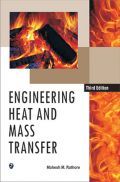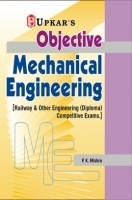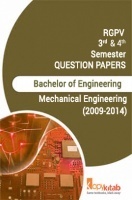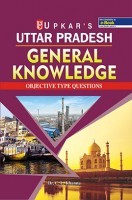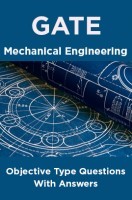This textbook offers a comprehensive and wide-ranging introduction to theoretical principles and practical aspects of refrigeration and air conditioning systems. Written by an outstanding teacher with 30 years of distinguished career at the Indian Institute of Technology Kharagpur, this work created by late Dr. R.C. Arora (19452005) is intended to lead students to a deeper understanding and a firm grasp of the basic principles of this fast-growing and exciting subject area. This text is ideally suited for undergraduate education in mechanical engineering programmes and specialized postgraduate education in thermosciences. The book is designed to typically appeal to those who like a more rigorous presentation.
The text begins by reviewing, in a simple and precise manner, the physical principles of three pillars of Refrigeration and Air Conditioning, namely thermodynamics, heat transfer, and fluid mechanics. Following an overview of the history of refrigeration, subsequent chapters provide exhaustive coverage of the principles, applications and design of several types of refrigeration systems and their associated components such as compressors, condensers, evaporators, and expansion devices. Refrigerants too, are studied elaboratively in an exclusive chapter.
The second part of the book, beginning with the historical background of air conditioning in Chapter 15, discusses the subject of psychrometrics being at the heart of understanding the design and implementation of air conditioning processes and systems, which are subsequently dealt with in Chapters 16 to 23. It also explains the design practices followed for cooling and heating load calculations.
Each chapter contains several worked-out examples that clarify the material discussed and illustrate the use of basic principles in engineering applications. Each chapter also ends with a set of few review questions to serve as revision of the material learned.








